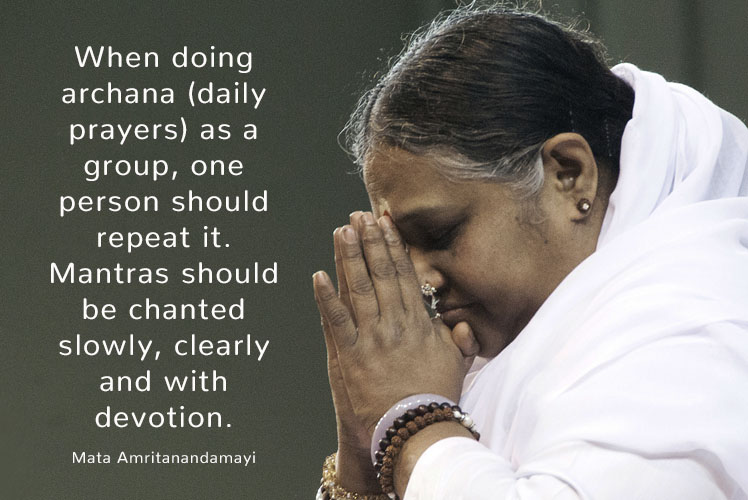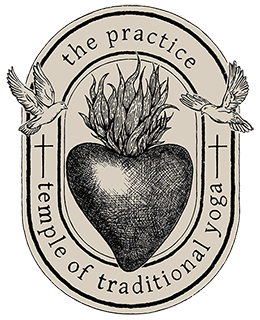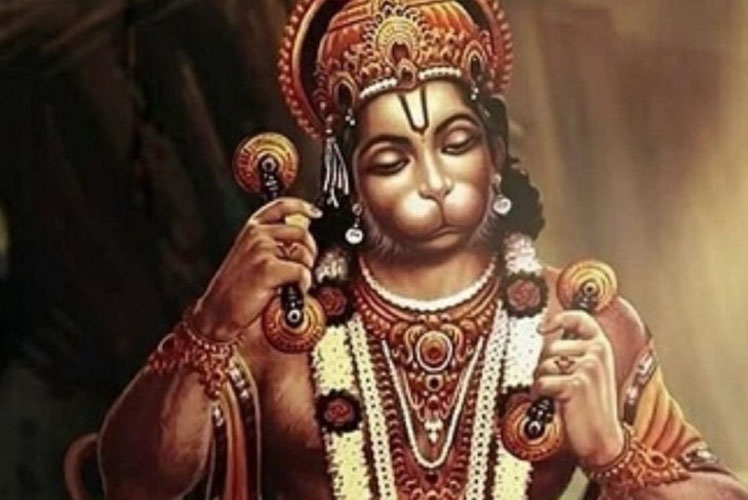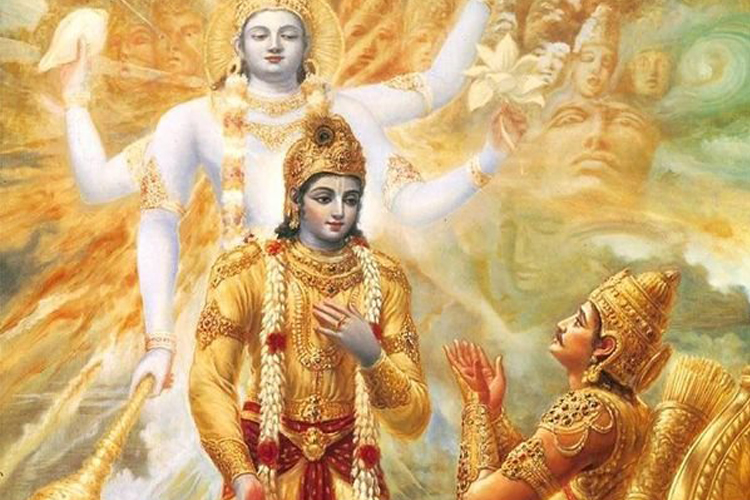By Ellen Arthur.
Chanting mantra has a physical, mental, emotional and energetic affect on us. Meaning, it is a powerful tool that is able to influence all dimensions of the human system.
Vedic mantra was traditionally only chanted by Brahmin men, a member of the highest caste or varna in Hinduism. There are 4 varna‘s, Brahmin, Kshatriya’s, Vaishya and Shudras. Those on the outskirts of these 4 varna‘s are called Dalits, who are ostracised and considered untouchables.
It is from the Brahmin caste that priests are drawn from. Brahmin priests study religious texts such as the Vedas (large body of religious texts, of which there are 4 Vedas) and the Puranas (wide range of Indian literature, of which there are 18 Puranas). It is their responsibility to teach these scriptures to members of the other caste systems to maintain sacred knowledge. For thousands of years this was the only way for house-holders or common folk, to have access to such sacred teachings, through the Brahmins. In many ways this knowledge was kept only for those “worthy” of receiving it.
It is said, T Krishnamacharya (Indian yoga teacher, Ayurvedic healer and scholar) opened up Vedic chanting to all, in the twentieth century. Revolutionising the way that is was shared and received. No longer a priestly offering but a practice that could be accessible by many.

Vedic chanting, as the name implies is when you chant the Veda’s.
These mantras are expressions of hymns from the Vedas. This practice dates back to at least 3000 years ago and is said to be the worlds oldest continuous vocal tradition.
There are precise guidelines around Vedic mantra and the recitation of it. The teacher will chant, whilst the students listen closely and then repeat the mantra back in exactly the same way. This form of teaching is called adhyayanam, the journey to our inner most self. The process of transmission is as follows;
1 Śravanam = listening
2 Grahanam = what is heard is grasped
3 Dhāranam = it is held onto
4 Mananam = reflected upon
5 Uccāranam = recited
6 Anubhavam = experienced
7 Pravacanam = sharing what you know/teaching others
It is a strict way of practicing mantra.
Not only is there a process of transmission, there are also 6 rules of chanting;
1 Varṇa (Not to be confused with the 4 levels of the caste system, note the diacritic mark, nasal n) = pronunciation
2 Swara = notes or pitch (only 3 notes are used in Vedic chanting)
3 Mātrā = length
4 Balam = amount of strength used
5 Sāma = musicality
6 Santāna = continuity or stream
This precision is what defines Vedic chanting. Whereas with kirtan and bhajan, the rules are less structured and the one who is chanting can allow their personality and their musical ability to shine through.
Kirtan and bhajan tend toward group experiences of devotion, offering, reverence and service.
In the early 16th century a Hindu saint by the name of Sri Chaitanya Mahaprabhu, known as the father of kirtan, made it his duty to travel far and wide spreading the message and power of kirtan. Beginning a movement that still continues to this day.
Kirtan is shaped in a way that encourages the audience to participate, in this call and response method. Including instruments both rhythmic and melodic to inspire a community feeling, a sense of togetherness and to help those feeling less confident to sing out loud. A Bhajan, is experienced as a sing-a-long or offered as a silent prayer.
Chanting the names of the Divine, the eternal one, the many facets of The One God, is what eventually and with practice allows you to then merge back into that field of unified consciousness.
Unlike Vedic Mantra, the idea with Kirtan/Bhajan is to build a connection with the participates, to invoke emotion, share a common experience and to offer a safe place for emotion to be conjured up. This setting is more so about exploring ones voice and the connection between the voice, divinity and our inner strength and resilience.
In many cases the kirtan experience will reveal excitement, outwardly expressed emotion through movement, clapping, swaying and dancing.
What can be agreed upon and honoured is that both offerings of mantra practice, lead the student toward better mental cognition and clarity. Mantra is an agent for purification of the mind and helps to dissolve lingering emotional or energetic baggage that leads to stagnation. Proven to be a method that increases mental focus, listening and communication skills.
The methods may differ but the idea is the same, that you as the student be guided back into a revered and sacred aspect of the self, known as Ātman. From that place, there is no questioning your infinite potential and eternal nature.






